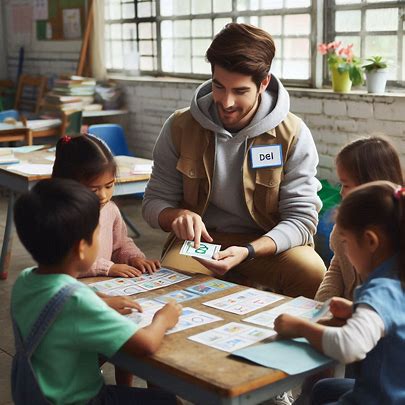
According to UNESCO, roughly 773 million adults and young people worldwide still lack basic literacy skills. Many of them come from underprivileged communities where access to books, trained educators, and learning resources is limited or completely unavailable. The fight to close the literacy gap has taken a new turn—science-backed reading programs are stepping in, reshaping how learning happens in these areas.
More and more charitable organizations are leaning into evidence-based strategies that are proven to improve reading outcomes. These methods aren’t just theoretical—they are built on research about how the brain processes written language. The result? Real improvement in literacy, especially among students who traditional systems have left behind.
The Science Behind the Shift
For decades, literacy education was mostly driven by assumptions and outdated practices. The science of reading challenges that by focusing on how children actually learn to read. It combines insights from neuroscience, cognitive psychology, and education. This method emphasizes phonemic awareness, phonics, vocabulary, fluency, and comprehension—core building blocks of reading success.
In under-resourced communities, these science-backed strategies are now being used by nonprofits and grassroots programs. They offer structured literacy instruction, often through community volunteers trained to follow these principles. Instead of just handing out books, these initiatives teach children how to decode words, understand sentence structures, and make sense of what they read.
Charity Meets Science: A Powerful Partnership
Organizations like Room to Read, Save the Children, and Worldreader are pioneering literacy programs that go far beyond the classroom. Many operate in regions where schools are overcrowded or underfunded. Volunteers are trained using evidence-based literacy tools. Some programs even use mobile libraries and digital apps to reach children in rural or remote areas.
In Bangladesh, for instance, community reading clubs teach children phonics-based materials tailored to their language. In Kenya, solar-powered e-readers with curated book collections are used to help students practice reading at home. These creative efforts show that science and compassion can come together to create real change.
Training the Teachers and Volunteers
Teacher training is a crucial element of this transformation. Educators and volunteers are being trained not just to share stories but to teach the mechanics of reading. Workshops often include teaching letter sounds, breaking down multisyllabic words, and building vocabulary through games and storytelling. Instructors can better adapt to children’s needs when they understand the “why” behind each method.
Programs also offer continuous support. This might mean refresher courses, one-on-one coaching, or providing a curriculum that’s easy to follow. The goal is to ensure the people on the ground are confident and well-equipped to guide their learners.
Technology Is Bridging the Gap
Mobile apps, audiobooks, and interactive games are helping to bring literacy education to even the most isolated communities. Some organizations are building offline learning apps that don’t require internet access, making them ideal for rural or underserved areas. These tools provide engaging content that reinforces what children learn in person.
Importantly, tech isn’t replacing teachers—it’s supporting them. Used correctly, it helps children practice skills, track progress, and build confidence. Technology becomes a bridge to opportunity when combined with community involvement and solid instruction.
READ ALSO: The Benefits of Relocation Services In Business and Employment
Real Lives, Real Results
In South Africa, a local program reported a 60% improvement in word recognition scores among children participating in a structured reading intervention. In India, after six months of science-backed reading lessons, many children could read short stories independently for the first time. These aren’t just statistics—they are life-changing milestones for children and families who’ve struggled to access education for generations.
The Road Ahead
Building literacy in underprivileged areas isn’t just about books. It’s about empowering communities, training educators, and using science to create lasting impact. As more programs adopt proven reading strategies, the vision of a literate world becomes more achievable.
With the right tools, training, and support, every child can unlock the power of words regardless of where they are born. And when they do, it opens doors to knowledge, confidence, and a future full of potential.

